I grew up in the age before digital devices. But we had a TV and I liked it just like any kid! There were about four channels and they were all in black and white. As you can tell, my memories go back pretty far. A big cultural thing here in Canada in the 70s and 80s was Saturday morning cartoons.
So despite the fact that I struggled to get up for school, come Saturday morning, I’d be up at 05:30! My dad would later come down the stairs to bring me toast and orange juice while I watched as many episodes of Transformers as I could. That’s one of my favourite memories.”
Not only did Balaji’s parents allow him to watch his favourite cartoons, they brought him breakfast on a tray! And in case you wonder whether his parents ascribed to a bohemian parenting model, they didn’t.
Balaji graduated from high school with the top grades in his year, obtained an Engineering degree from the University of Toronto, and an MBA (Master’s of Business) from Queen’s University in Kingston, Canada, has several patents behind his name and went on to start and scale several noteworthy companies in the industries of aerospace, medicine and education. But we digress, cartoons were part of Balaji’s childhood and are now part of his children’s. Here’s why cartoons didn’t ruin the children of the 70’s and 80’s.
TV’s were self-regulating when we grew up
Not only were we limited in terms of channels, the television in the sitting room simply didn’t have programmes to fill the airwaves 24/7. Remember these Pal test cards that would stare back at you between programmes?
Over time more programmes were added, thank goodness, but we certainly didn’t have our favourite cartoons available at our command until much later and by that time, we had learnt to self regulate to some degree. When comic books came alive on screen in the likes of Superman, Spiderman, The Fantastic Four, along with other greats such as H.R. Puffnstuf there were, as you can imagine, a swathe of parent lobby groups petitioning against it.
Why were parents concerned? Television networks were seen to be commercialising cartoons by showing extensive advertising to young children and allowing cartoons to portray violent and anti-social behaviour as admissible. Perhaps this is something modern parents broadly sympathise with?
Yet Balaji’s parents chose to keep an open relationship instead of banning cartoons altogether, something he is practicing with his own daughters (aged 6 and 4). Fully aware of the benefits and risks handheld devices, and in particular tablets bring to his children, he decided to give each of his daughters tablets but only after he figured out how he could manage their devices and in so doing teach self-regulation early on.
Turn it on when you know how to turn it off
This might sound simple, but many parents don’t know how to remove wifi access from their children or how to turn their children’s devices off without physically locating said device and then living through the often times painful arguments that ensue.
Like every parent, Balaji thinks highly of his daughters but also knows them them well enough to realise that they would find it difficult to turn their new tablets off. And he is not alone.
Screens certainly aren’t in short supply; but knowing how parents can manage these devices clearly seems to be. Ofcom reports that as of 2014, 80 percent of children aged 15 own a mobile phone in the UK. However the UK’s communication regulator also flagged up that “Almost two thirds (62%) of parents of 12-15 year olds say they know less about the internet than their child.”
Far too few parents know they can actually help their children manage their phones and tablets, which was something Balaji himself wanted to solve before proceeding with the tablet purchases.
We had an iPad sitting around the house and I was thinking, ‘Well I don’t want them getting addicted to a digital screen but then there are benefits to the things they can do in terms of educational stuff.’ I thought it would be good to give them access to it but wanted to know how to control it because knowing them, like any kid, they would just keep going. I’d heard that there are abilities to limit this stuff and so I searched on Google Play, read reviews and decided to try Screen Time, which has worked brilliantly.
Children self-regulate if their early device use is regulated
The most interesting thing Balaji noticed over time it is his daughters eventually got to the point where they know when their time has run out. His children realised that he could control their tablets and turn them off when their time limits ran out and now they start police it themselves.
So my daughter will watch something on Netflix or TV and she’ll say, ‘Daddy, five more minutes don’t turn it off from your phone.’ The funny thing is that I don’t even have Screen Time loaded on my phone. It’s kind of a placebo effect.”
Get involved with what they’re doing
Taking an active interest in what our children are up to helps us connect when our kids are three to well beyond fifty-three. It’s one of the simplest parenting precepts to live by, something Balaji learned from his parents as they not only supported him in his leisure, but as he studied through the night. Yes, here comes another amazing fact about his parents; they stayed up while he studied and finished off his projects!
I try to help my daughters make sense of what they’re watching. Sometimes this involves watching what they are, and sometimes this is Barbie!
Rather than use the tablet as a means of distraction, Balaji tries to use his daughters favourite programmes as a way of connecting. It is important to note that we promised that the Barbie phase will pass…
So she’ll say, ‘Oh I love Barbie because she has these really tall shoes’, and I’ll say, ‘You know what, that’s not the most important thing. How did Barbie treat her friends today? What did she learn?’
Children still need parents to help them interpret the digital world just as they do their everyday surroundings. We ask our children about their day at school, and what they did at a friends house. So also, we should remember to talk about what they’re doing on their tablets. It’s much easier to have open conversations early on so that it simply becomes part of what you do as a family.
Digital Discovery
As a parent who works in technology, it’s no surprise that he encourages parents not to lose sight of the wonderful experiences children can have on and off the screen.
The digital world has a lot to offer to families. It allows our kids to be exposed to a much broader world than we were. It’s as dangerous as it is powerful and that’s nothing to be afraid of, it’s just a responsibility on us.Things they learn on-screen can be taken off-screen and visa versa.
Its important though, that they connect the two on social grounds too and understand that the things that are rude to say in person, are rude to say on social media – this something many adults are still coming to grips with. A time will come when there will be far less division between our digital and physical worlds. It’s up to us to guide our children through this, while they guide us.
For those who may be simply afraid of it because of what it is, well, if you think we live in a digital age now, give it another five years and it will be completely different. There’s a push for children to learn how to code, it’s becoming as important a skill as reading. In terms of being able to market yourself in the working world in the future, it’s going to be essential.
Is it possible to embrace technology with restraint?
Devices don’t necessarily keep children cooped up indoors by design; there are ways we can use these mini beasts to get our kids out doing what they love. Used well, mobile devices can help our children discover the world, practice their maths, interact with peers, master time management and engage with their favourite hobbies on a whole new level. Sometimes children just need a little help to find those apps and tools.
Think of the big butterfly count, https://www.bigbutterflycount.org/about where children can collectively join forces to log their butterfly sightings – this not only gives them a wonderfully practical way to learn, but connects them to a vibrant micro community sharing in the same interests.
But we certainly can’t ignore the enticing pull that YouTube, Netflix and the like has on kids – with parents writing in about their children’s Screen Time reports showing YouTube as the main app used per device. The first step in tackling a potential issue is being made aware of it – it’s very useful knowing what your child does on their device. With this insight we’ll have plenty to talk about with our children.
Children need parents to assess whether screens are helping or harming their other interests and education. We’d love to hear how you handle screen time in your home if at all? And in particular, whether you are a Saturday morning breakfast-on-a-tray parent? We’re not convinced these mythical parent unicorns still exist!


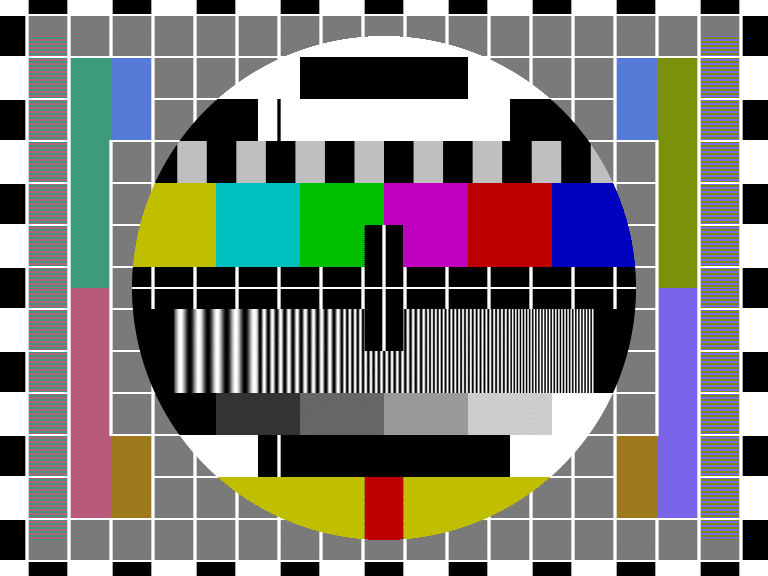
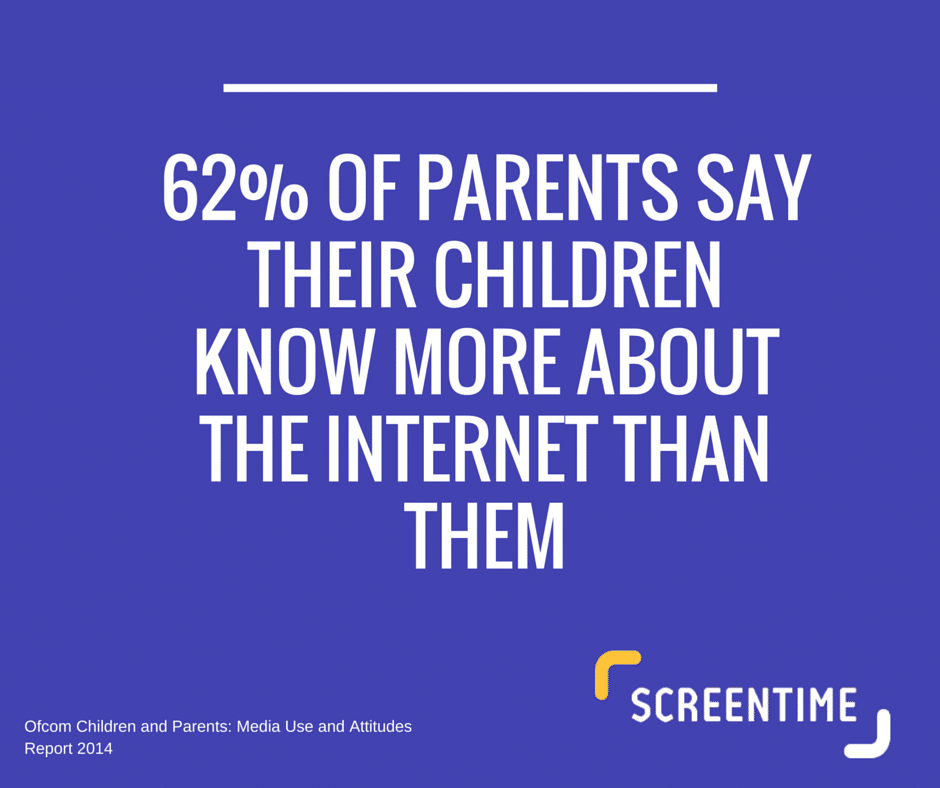
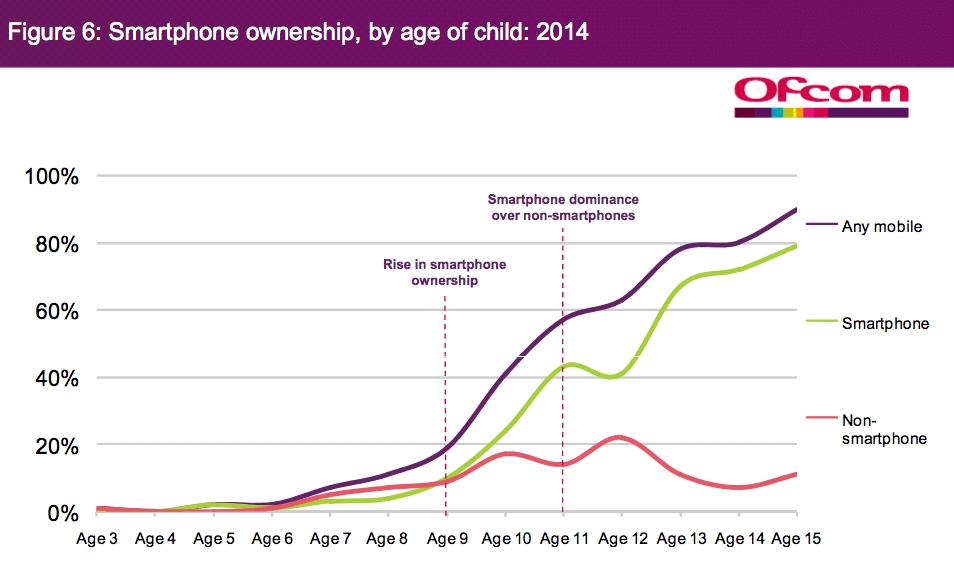
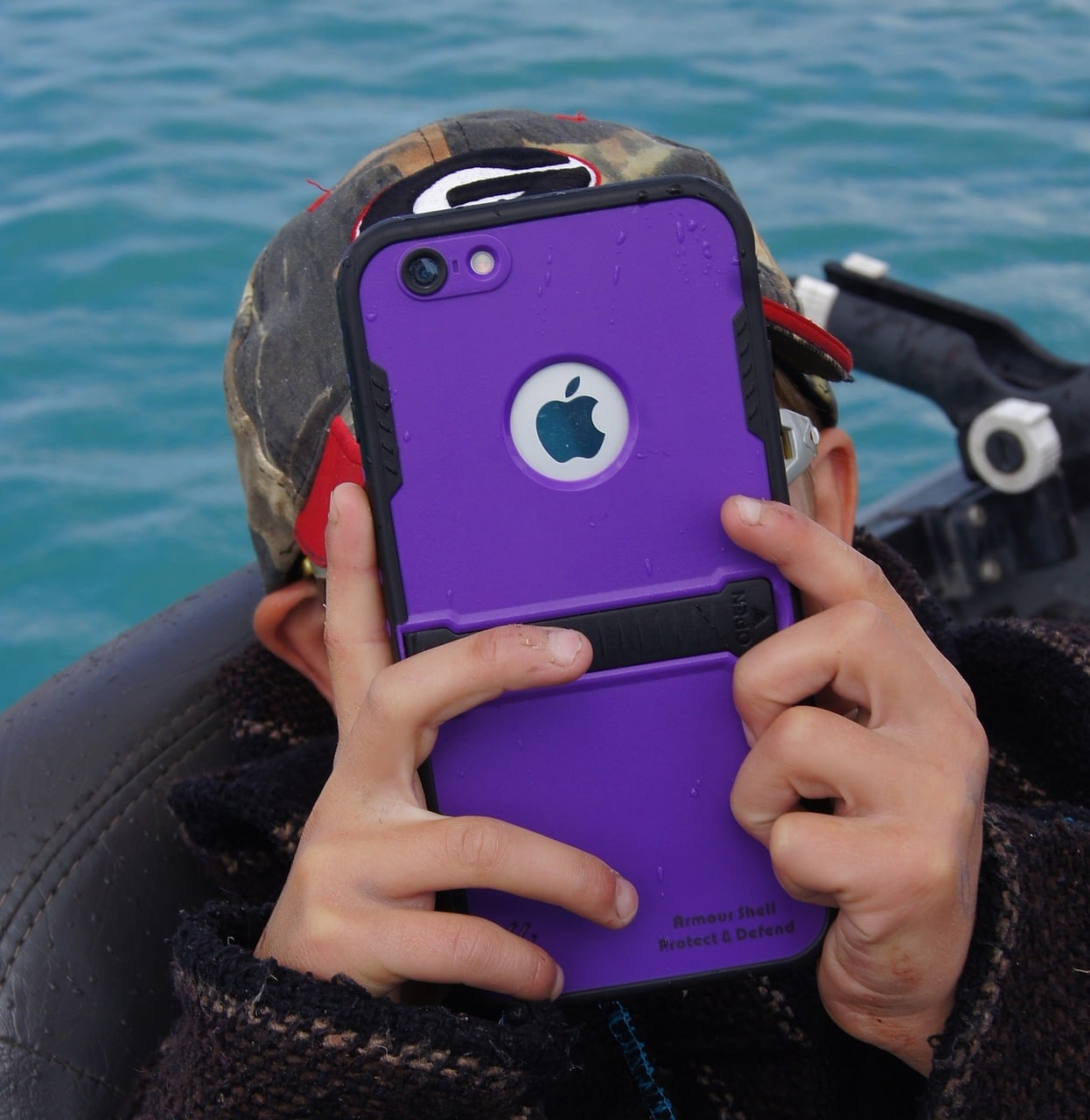
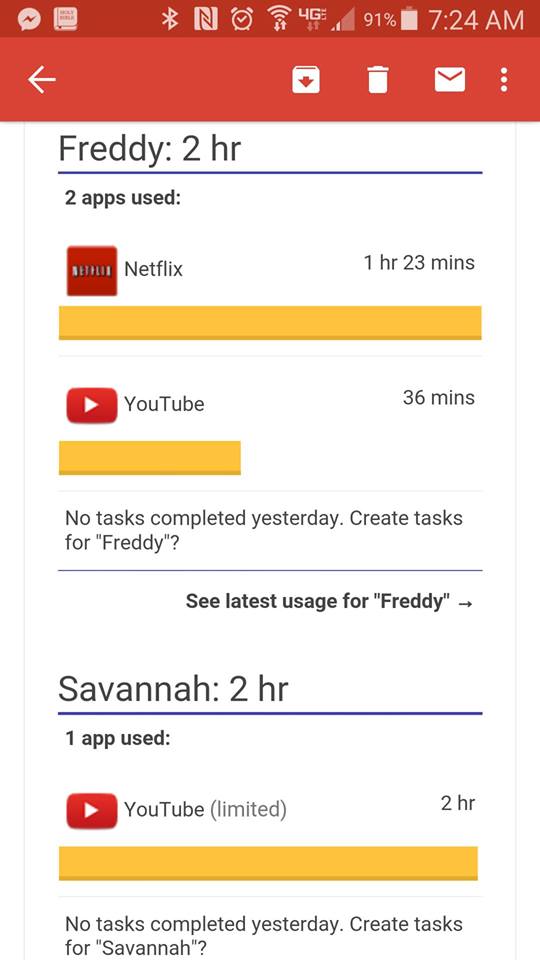
Join the conversation